TRAVELING DESK
Further images
-
(View a larger image of thumbnail 1
)
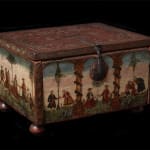
-
(View a larger image of thumbnail 2
)
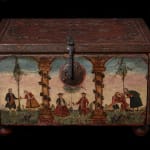
-
(View a larger image of thumbnail 3
)
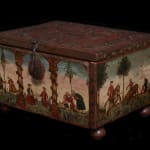
-
(View a larger image of thumbnail 4
)
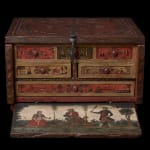
-
(View a larger image of thumbnail 5
)
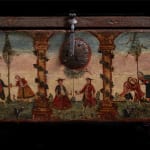
-
(View a larger image of thumbnail 6
)
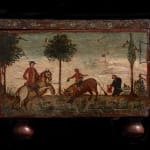
-
(View a larger image of thumbnail 7
)
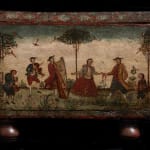
-
(View a larger image of thumbnail 8
)

-
(View a larger image of thumbnail 9
)
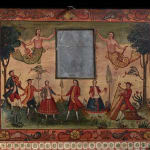
-
(View a larger image of thumbnail 10
)
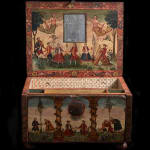
-
(View a larger image of thumbnail 11
)
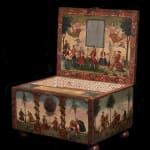
-
(View a larger image of thumbnail 12
)
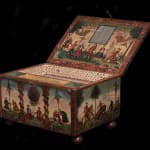
-
(View a larger image of thumbnail 13
)
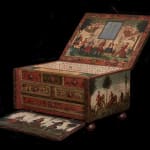
-
(View a larger image of thumbnail 14
)
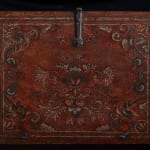
Provenance
Private collection, Santa Fe (USA)
From the dawn of time, man has created pieces of furniture with the purpose of increasing his comfort, lending his creations a series of aesthetic values and elements that reflect numerous aspects of culture, lifestyle and the way of thinking of the societies that produce them. 1 Each one of these pieces of furniture fulfils a function, and multiple types of model exist to meet the varying needs being satisfied. Some have no decoration and, while others present simple adornments, they may be austere or lacking in style. For those who could afford them, there were renowned workshops and artists that could be called on for commissions involving exquisitely decorated furnishings for civil or devotional use. Not all the citizens of the Viceroyalty were in a position to purchase sophisticated furniture, much less aspire to said objects also being intended to produce aesthetic delight, the purpose of which also lay in bestowing symbolic value and elite status. As such, one might say that beyond the practical functionality of such objects, what gave the workshops, artists and artisans behind these marvels fame and renown were their beauty, their craftsmanship and the rarity of the materials used.
We could categorize these pieces as “mestizo” bargueños or traveling desks due to the inclusion of iconographic elements of native origin in European compositions and structures. As such, in the Americas the term “mestizaje” may refer not only to a question of race but to all human activities producing hybrid art as a result of the cultural assimilation taking place, these works being visual manifestations and proof of a new society in the Viceroyalty of Peru. The function of these desks, as would have been the case of the one we have before us here, was to store and, in some cases, furtively conceal, jewelry, secret documents and all sorts of valuable items.













